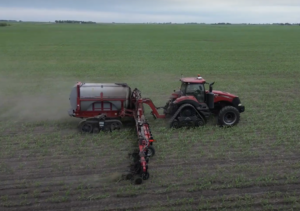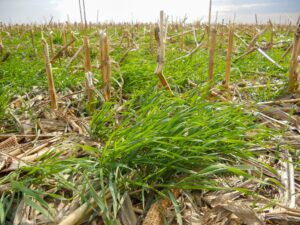By: 4R Plus
March 2023
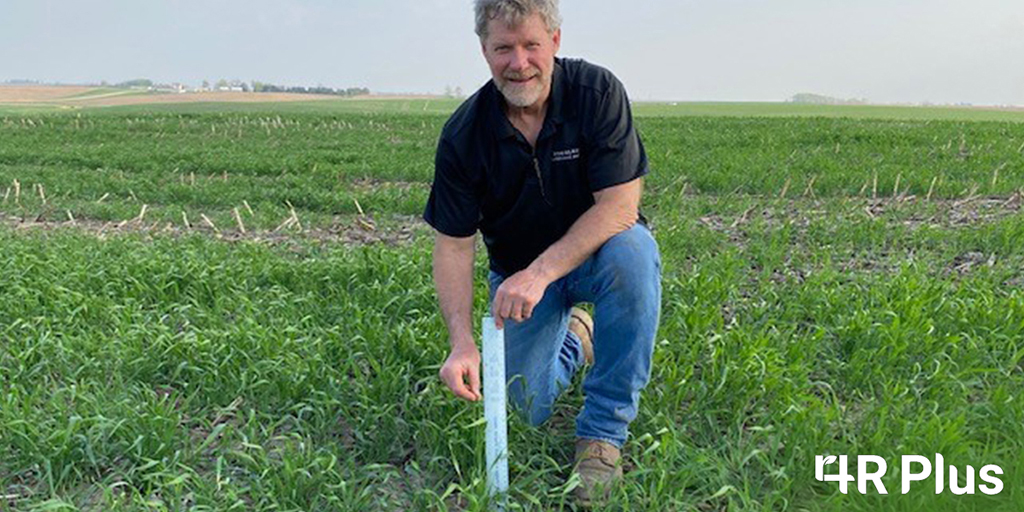
Bryan Sievers’s roots run deep in Scott County, Iowa. It’s where his great-grandparents settled in the late 1800s; it’s home to the family’s century farm; and it’s where Sievers farms today. He grows corn, soybeans and hay and runs a 2,400-head cattle feedlot. In 2007, Sievers began looking at ways to expand the feedlot while reducing its carbon footprint.
Anaerobic digesters turn waste into energy
Inspired by the anaerobic digesters he saw on a trip in Germany in 2009, Sievers began looking into adding it to his farm, as it aligned with his vision to maximize the farm’s natural resources and reduce its carbon footprint.
What exactly is an anaerobic digester?
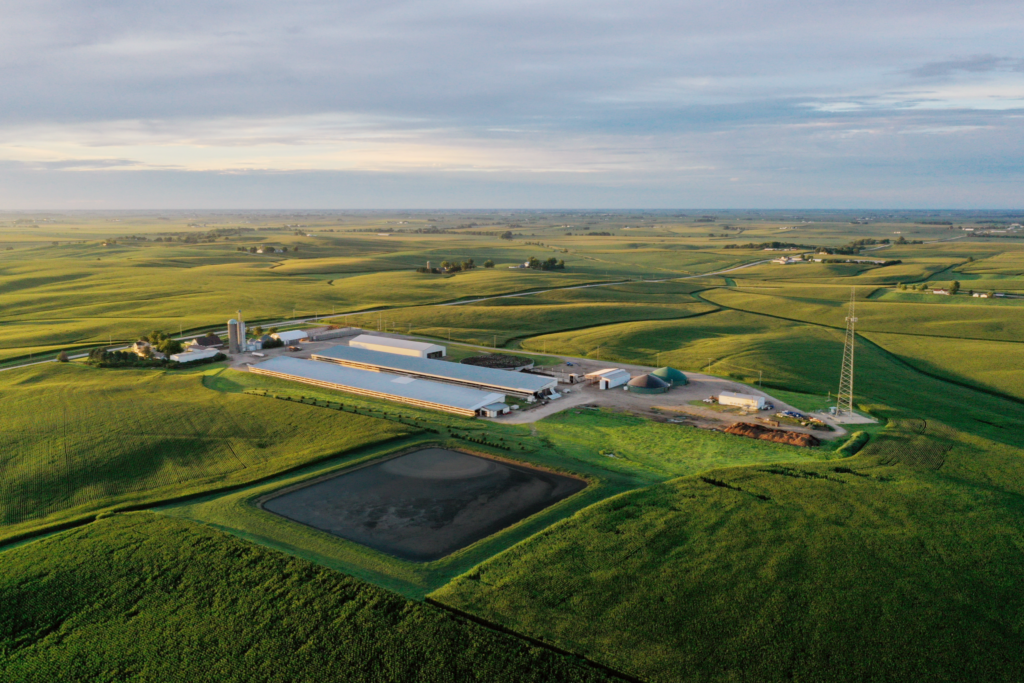
Sievers explains a cow is a great example of a natural digester. The animal can digest roughage, corn, wet distillers’ grain and more. One of the byproducts of that consumption is methane. Anaerobic digesters also digest organic materials to produce methane, but Sievers explains they take things a step further, harnessing the methane.
In an anaerobic digester, manure is combined in the digester with other organic materials like food waste, wet distillers’ grain or cover crops. The methane gas is collected and used to power engines that produce electricity and thermal energy. It can also be cleaned and used as fuel for transportation or for home gas appliances. The cleaning process “scrubs” the methane to remove any impurities, making it usable in the home, gas tank and beyond.
“The digester on our farm was finished in 2013. For the last 10 years, we’ve focused on running the farm in what we like to call a ‘closed-loop approach to agriculture production,’” says Sievers. “We put manure and the other organic materials into the digester, and we use the methane it produces to power our farm.”
Efforts to broaden impact of innovation
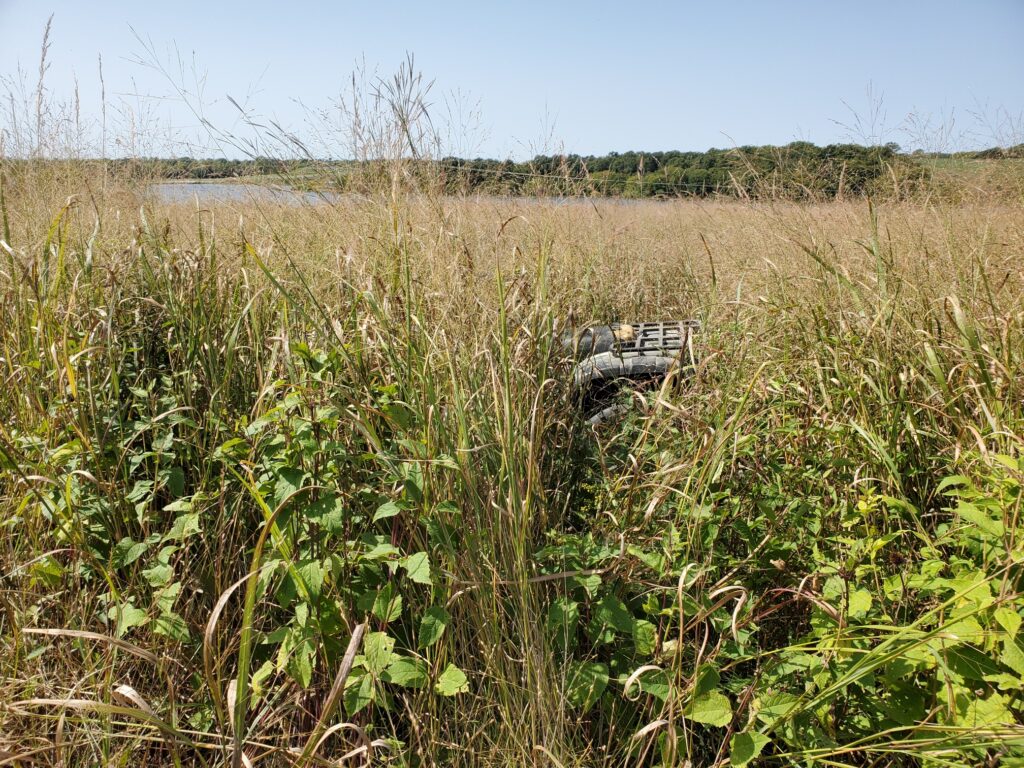
Sievers believes other Iowa farms can benefit from anaerobic digestors and is involved in efforts to make that a reality. He serves as a vice chair on the board of directors for the American Biogas Council, which is looking to find new ways to utilize methane from anaerobic digesters, or biogas, within the supply chain.
Sievers has also partnered with Roeslein Alternative Energy and others on a project called Horizon II, which aims to scale up the use of 4R Plus practices like cover crops and prairie strips, for use as organic material in the digesters and make them more affordable and accessible for small and mid-size farms.
The project will also help reduce greenhouse gas emissions and improve carbon sequestration for corn, soybean, beef and pork producers. It also encourages use of cover crops and prairie strips, providing additional benefits like improved soil health, water quality, flood control and wildlife habitat.
“The impact we’ve seen already on soil health and air and water quality has been tremendous. We have the ability to sequester carbon while enhancing yields and having a positive impact on the resources we’re blessed with,” says Sievers.
Partners that make it possible
Sievers credits his partners in the Horizon II project – Roeslein Alternative Energy, The Nature Conservancy, Iowa Ag Water Alliance, Iowa State University, Iowa Soybean Association, Biostar Renewables, Conservation Districts of Iowa, Missouri Prairie Foundation, Soil and Water Outcomes Fund, Smithfield Foods, University of Missouri, Verdesian, and Veterans in Agriculture – for advancing this kind of innovation.
“I can’t say enough about having partners who are supportive of this effort. That’s what’s needed to move forward,” says Sievers.


